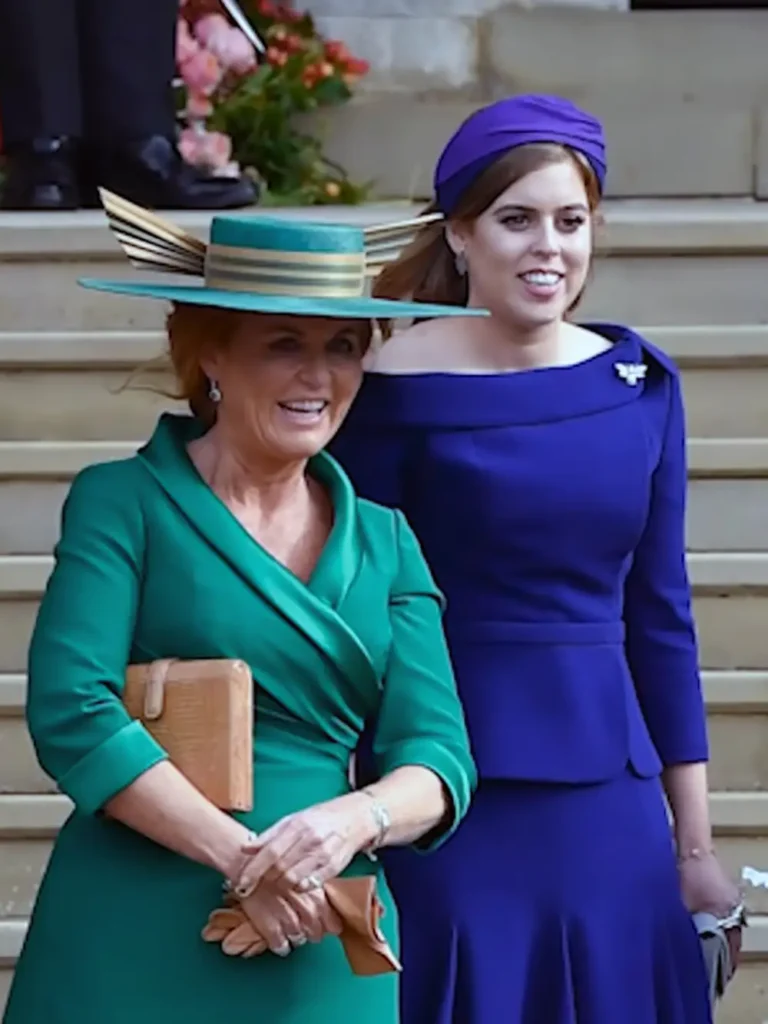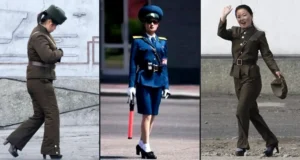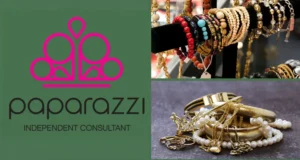Royal ladies just love their hats! From glam crowns to fancy fascinators, the royal wardrobe is chock-full of sparkly headgear. But these hats aren’t just fashion statements. They represent royal tradition like nothing else. Each style of the hat shows off a lady’s place in the pecking order. A tiara for princesses, a crown for queens, and a simple sunhat for other royal women. Hats have been passed down through generations, a way for royal families to remember their history. So, let’s go more deeply into why royal ladies wear hats.
Why do royal ladies wear hats?
It is part of royal protocol and etiquette.
Wearing hats is indeed a part of royal protocol and etiquette, and it is customary for women to wear hats to formal royal occasions. This tradition dates back to the 1950s when women were considered inappropriate to show their hair in public.
Although the strict dress codes of the past have relaxed somewhat, the royal family still considers the tradition of wearing hats to formal events an important part of their dress code. They view it as a way of showing respect for the occasion and the host.
It denotes high social standing.
In addition to their aesthetic and practical functions, hats worn by royal women can also convey their social standing and noble rank. Elaborate and stylish hats are often associated with high society and symbolize wealth and privilege.
Wearing a hat can also serve as a way for royal women to demonstrate good manners and etiquette, as it indicates their awareness and adherence to the dress codes and customs that come with their position.
Overall, hats have played an important role in the fashion and culture of royal families for centuries, and they continue to be an essential part of their public image and style.

It is appropriate attire for formal events.
Hats are considered appropriate attire for formal royal events such as weddings, christenings, and other ceremonial occasions. Royals typically wear hats with formal dresses or suits and consider them as necessary accessories to complete the outfit. In some cases, the dress code may specify a particular type of hat or headpiece that is appropriate for the occasion.
For less formal events, such as garden parties or race meetings, fascinators or other smaller headpieces may be worn instead of hats. The headwear choice for any event will depend on the specific dress code and the level of formality required.
It shields from the elements while maintaining elegance.
While hats worn by royal women are often seen as a symbol of elegance and status, they can also serve a practical function by providing shade and protection from the elements. This is particularly important for outdoor events, such as garden parties and royal engagements, where the sun can be strong.
Hats with wide brims or other features can help shield the face and neck from harmful UV rays while still maintaining an elegant and poised appearance.
In this way, hats can serve a dual purpose of fashion and function, making them a practical and stylish accessory.
There are different styles for different ranks.
Within the royal family, different ranks and positions are associated with different hats and headwear styles. For instance, monarchs traditionally wear crowns, while princesses and other female members of the royal family often wear tiaras.
The style and design of the hat can also vary depending on the occasion and the level of formality required. For example, one may wear a wide-brimmed hat for a daytime outdoor event, while a smaller, more ornate headpiece would be more suitable for a formal evening event.
Ultimately, the choice of hat or headwear will depend on a variety of factors, including the occasion, the dress code, and the personal style and preferences of the wearer.
It is an old royal tradition.
Wearing hats has been a longstanding tradition in the royal family, dating back many generations. Over the years, the tradition has evolved and adapted to changing fashion trends and social norms, but it has remained an important part of the royal dress code and etiquette.
The royal family upholds many traditions, and wearing hats is just one example of how they maintain the prestige and dignity of the crown.
By adhering to these customs and conventions, the royal family can project a sense of continuity and stability and reinforce their position as symbols of national identity and tradition.
Prominent royal women set the trend.
Prominent royal family members, such as Kate Middleton and Meghan Markle, have played an important role in setting fashion trends and influencing popular style. Fashion-conscious individuals worldwide often closely observe and imitate their headwear and other fashion accessory choices.
By frequently wearing hats at formal royal events, they help to reinforce the tradition of wearing hats as a part of the royal dress code and etiquette. In this way, they help to propagate the royal fashion tradition and ensure that it continues to be an important part of the royal image and style.
In summary, hats are important to royal attire, protocol, and history. There are ceremonial, practical, and symbolic reasons why royal ladies uphold the tradition of wearing hats to formal royal occasions.
What is the history of hats in British society?

Hats have actively denoted social standing, status, and occasion in British society for centuries. In the early 16th century, women wore elaborate hats like gable hoods and French hoods that symbolized rank and fashion. Anne Boleyn popularized the French hood in England. Caps also became fashionable, indicating status through expensive, luxurious materials and styles.
Wealth and prestige were prominently displayed in hats of the era. Silk top hats, invented in the late 1700s, conveyed opulence as a luxury material and style. Hats shaped standards of grandeur and good taste, influencing how people actively presented themselves and were actively perceived by others.
Evolution of fashions in British society
Fashion and styles changed rapidly, but the importance of hats endured. In the 1920s, short hairstyles led women to choose close-fitting hats that hugged the head like helmets. These liberated styles represented new attitudes and freedoms. Certain hat types became strongly associated with events, like the mandatory hats all guests wore at the Royal Ascot horse races in Britain. Hats continued as part of the “social fabric” of special occasions and formal affairs.
Royal traditions also upheld the precedence of lavish headwear. Elaborate hats denoted rank, from simple sunhats to priceless crown jewels. They highlighted the pomp, pageantry, and centuries of history of the monarchy. Specific styles and placements indicated the wearer’s active role and importance. Royal weddings, coronations, and other ceremonies were marked by the magnificent hats of royal ladies, epitomizing the status, glory, and ancestral customs of the crown.
While less common today, hats retain importance as a symbol of heritage, hierarchy, occasion, and opulence in British culture. Certain styles represent time-honored values, traditions, and the prestige of royalty, nobility, and high society. Hats have a long and influential history in Britain, actively shaping conceptions of class, propriety, morality, and prestige across diverse eras, attitudes, and events. They remain integral to British society’s history, identity, and social fabric.
Summary
Royal ladies and hats share a long, intertwined history in British society. Hats signify rank, nobility, and monarchy itself at prestigious events. They proclaim privilege, represent power and epitomize the cultural influence of royal tradition. Magnificent hats highlight the crown’s supreme status, glory, and pageantry, as royal ladies themselves have come to embody the ideals their attire represents. Together, they forge concepts of hereditary prestige, prestige, and British prestige over time.
Royal ladies would not be royals without their crowns, just as those crowns define their role in history. Hats are inextricably tied to conceptions of royalty, hierarchy, and British pride. This history shapes British society through its symbols of status, virtue, and pride of the nation.
FAQ
Why does Queen Elizabeth always wear a hat in public?
Queen Elizabeth II always wears a hat in public because it is considered inappropriate for the reigning monarch to be bare-headed in public, and it gives her more height for those gathered at an event to spot her. It is also part of her formal dress code, as dress code etiquette states that women wear hats for formal events.
How do royals keep their hats on?
Royals keep their hats in place using combs or elastic that sits comfortably behind their ears and under their hair so it’s not visible. There are also rules that British royals must follow when wearing hats, such as covering the crown of their head.
How do royals choose their hats?
Royals choose their hats after selecting their outfit for the event they are attending. They must follow royal protocol, which requires women to wear hats to all formal royal occasions, an etiquette rule that dates back to the 1950s.
Do men in the royal family wear hats?
Yes, men in the royal family wear hats. Caps and berets are popular hat styles for royal men. However, the royal protocol requires women to wear hats to all formal royal occasions, while there is no such requirement for men.
What is the most popular type of hat worn by the royal family?
The royal family is known for wearing various hats, including fascinators, berets, caps, turbans, and wide-brimmed hats.



